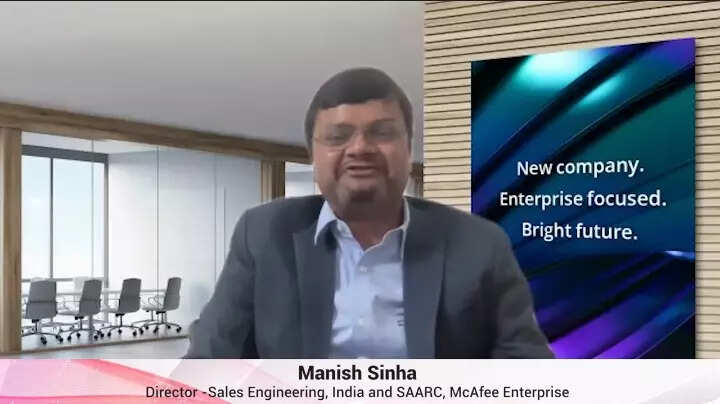In its mission to become a personalised comprehensive digital bank or neobank, Axis Bank-owned fintech Freecharge has started phased closed user group (CUG) testing of the product with over 18,000 organic users sign-ups. The neobank is scheduled to launch in the fourth quarter of the current fiscal and will be having several personalised features to keep the user engaged including financial goal management, financial scores to analyse financial stability and a spend analyser to help track expenses.
“Freecharge will become a comprehensive financial services platform. In the first phase, we launched our buy now pay later (BNPL) product in the first quarter, which has been growing 40X QoQ. In the second phase, in October, we started the lending product. And now, the focus will be the launch of the neobank in the next few months,” Siddharth Mehta, CEO, Freecharge, told BusinessLine in an exclusive interview.
The neobank will show up as a separate section within the Freecharge app.
Comprehensive suite
Targeted at the 22-32 age group of salaried professionals, the neobank will be providing a host of services including fixed deposits, lending, BNPL, digital credit cards, and investing options like mutual funds and digital gold in one app.
The app’s in-house built proprietary software will enable value-added features such as goal management, financial score to gauge how financially stable and healthy you are what you need do more, and spend analyser.
Also see: Axis Bank inks pact with Army Insurance Group for retail mortgage loans
What’s interesting is these ultimately will become a part of Axis Bank’s universe, helping the bank strengthen its portfolio of products and even cross-sell them across the two platforms. Entering slightly late into the market, this, Mehta said, will be a key USP (unique selling proposition) among existing neobanks such as Niyo, Fi, Open, Jupiter, Avail Finance and many more.
“Being a subsidiary of a trusted bank like Axis Bank is the biggest advantage to Freecharge as compared to any other neobanks. We are able to provide comprehensive suite not only of products but also services. If I am onboarding the customers through my neobank, the parent bank has all the capabilities to profile the customers, and build products that we can cross-sell across the two entities,” he said.
‘Evolving banks’
Speaking of having agility as a part of a legacy bank over a new-age fintech, he added, “Banks are evolving very fast on digital. I would like to call them evolving banks instead of ‘legacy’. In the next two years you will see them work in a very different way. For instance, Axis has built a new cloud-first platform called Jarvis for digital lending. It’s agile and working real-time, even the technology updates. The ability of launching an end-to-end digital lending platform and to be able to optimise it regularly clearly shows that the banks are agile and moving fast.”
Lending proposition
Freecharge, along with Axis Bank, is currently working on creating a merchant lending product with daily EMI and a daily investment product. Overall, at Freecharge’s level, the focus going forward will be on building a strong lending proposition.
Also see: ‘Bank-backed brokerages keep losing market share to discount brokers’
Freecharge will launch its personal B2B loan product in another two months, which will have a tenure of 12 months. Borrowers will be offered loans of ₹3,000 to 100,000 depending on their profiles, at an interest rate of 24-30 per cent. This product will be focussed on merchants having one or two stores and not the larger SMB ecosystem, Mehta said. While BNPL comes at zero interest rates, there will also be another consumer loan product of ticket size of ₹500-10,000 at 15 to 20 per cent interest.
“We want to add at least a million accounts three years from launch for the neobank,” Mehta added.
